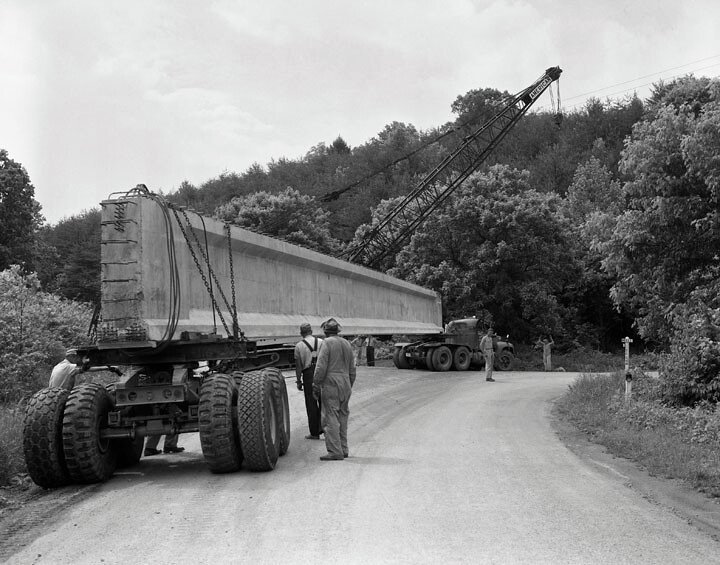
When it comes to know about the prestressed concrete the civil engineering students think it is a very complex methodology. They will try lot of textbook to learn it in easy way but they hardly can get it. So let us understand the prestressed concrete in some simplified manner. To understand the concept of prestressed concrete let us have a plane paper like the paper as shown in fig.1. If we put some weight on the paper it will start to deflect under the action of the applied loading. Now let us have the same paper again but this time we will use it after giving it some routinely folds. The folded paper will something look like as shown in (fig.2). Now if you load this folded paper you will find that this paper will be able to carry more load than the plane paper for the same amount of deflection. In other words we can say that it has greater capability of carrying loads while compared with the plane paper. Why it is so? If you can answer this question you will be able to understand what is the prestressing in concrete actually. The answer is very simple as the paper is in its folded form it has some sections which are stressed initially by folding it. Due to this initial amount of stress it will take greater loads to deflect in the same amount as the plane paper, and thus it has higher strength. Here the initial stresses given by folding the paper will counteract the flexural stresses due to applied loading. So, if you apply any load first it will be utilized in counteracting the initial stresses (loading will makes the folds to be flat) and then it will going to deflect if the loading is beyond the capacity of the paper. This is something what happed in the prestressed concrete.
As we all know the concrete is good in caring the compressive stresses but it is weak in tension and when the structural members like beam, slabs etc. are subjected to flexural stresses the tensile stresses will be generated in the bottom fibers of the member. This tensile stresses will tend to crack the concrete and thus makes it brittle in nature. This tension cracks are tend to propagate and causes the failure of the concrete section. Here if we are able to counteract this tensile stresses (As we have done in the folded paper) we can avoid this kind of failure of the structural component. Therefore to make the concrete strong and durable we will provide some initial compressive stress to concrete which will counteract the tensile stresses in the concrete occurring due to external loading on it and thus make it safe against cracks and failure. This is what the prestressing is.


“In prestressed concrete we will provide initial stresses (compressive) in concrete to counteract the stresses due to external loads and thus make the structural component safe”. As far as we have this initial compressive stresses in concrete, concrete will be safe from failure in tension. The initial stresses of compressive nature are provided by pulling the steel (i.e. tendon) in concrete and then releasing it. When the tendon or steel is released eventually the stress will be transfer to the concrete which will act as an initial stress in concrete. This transferred stresses are of compressive nature and therefore act against the applied stresses (see fig.3).

You must be logged in to post a comment.